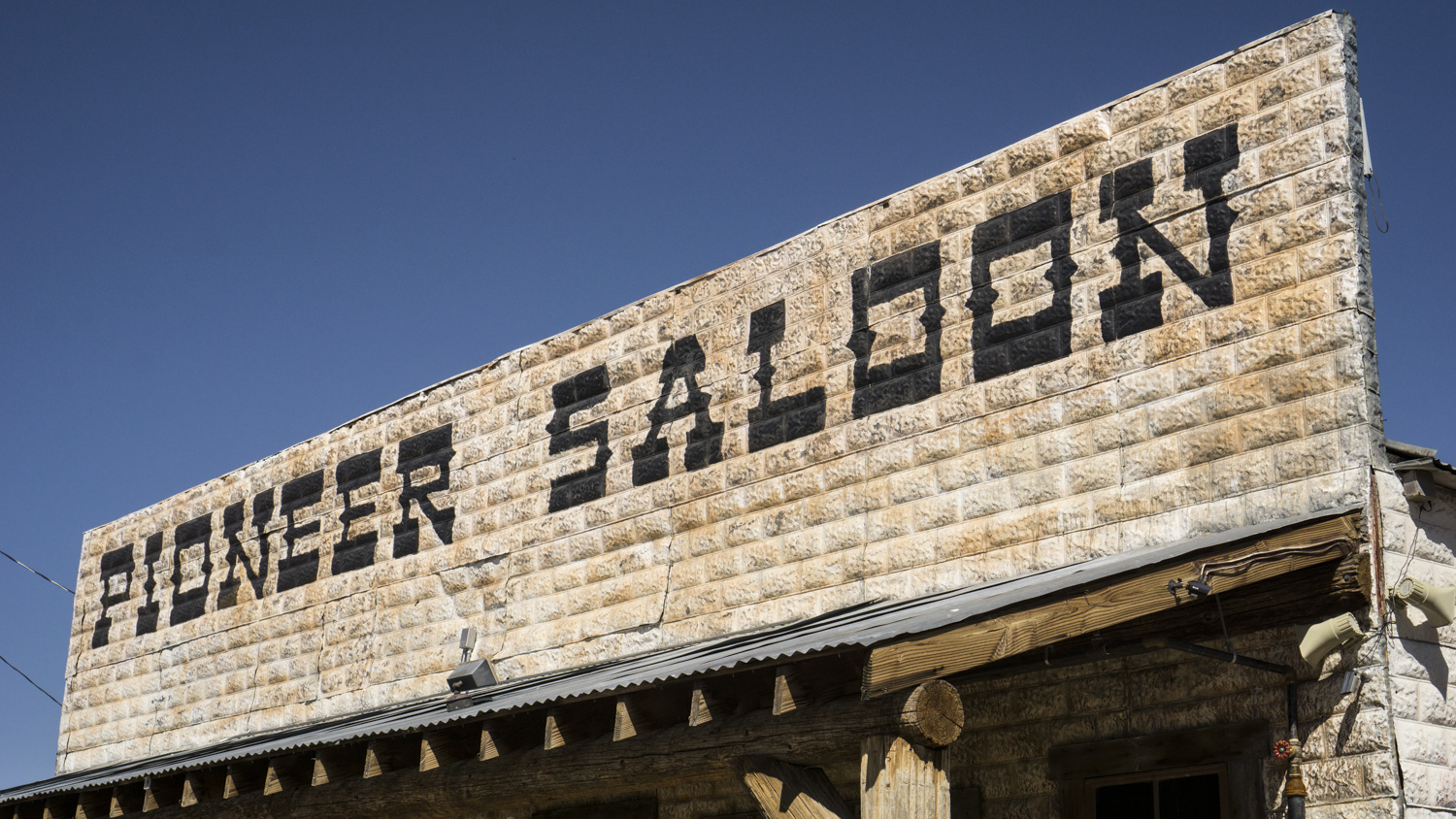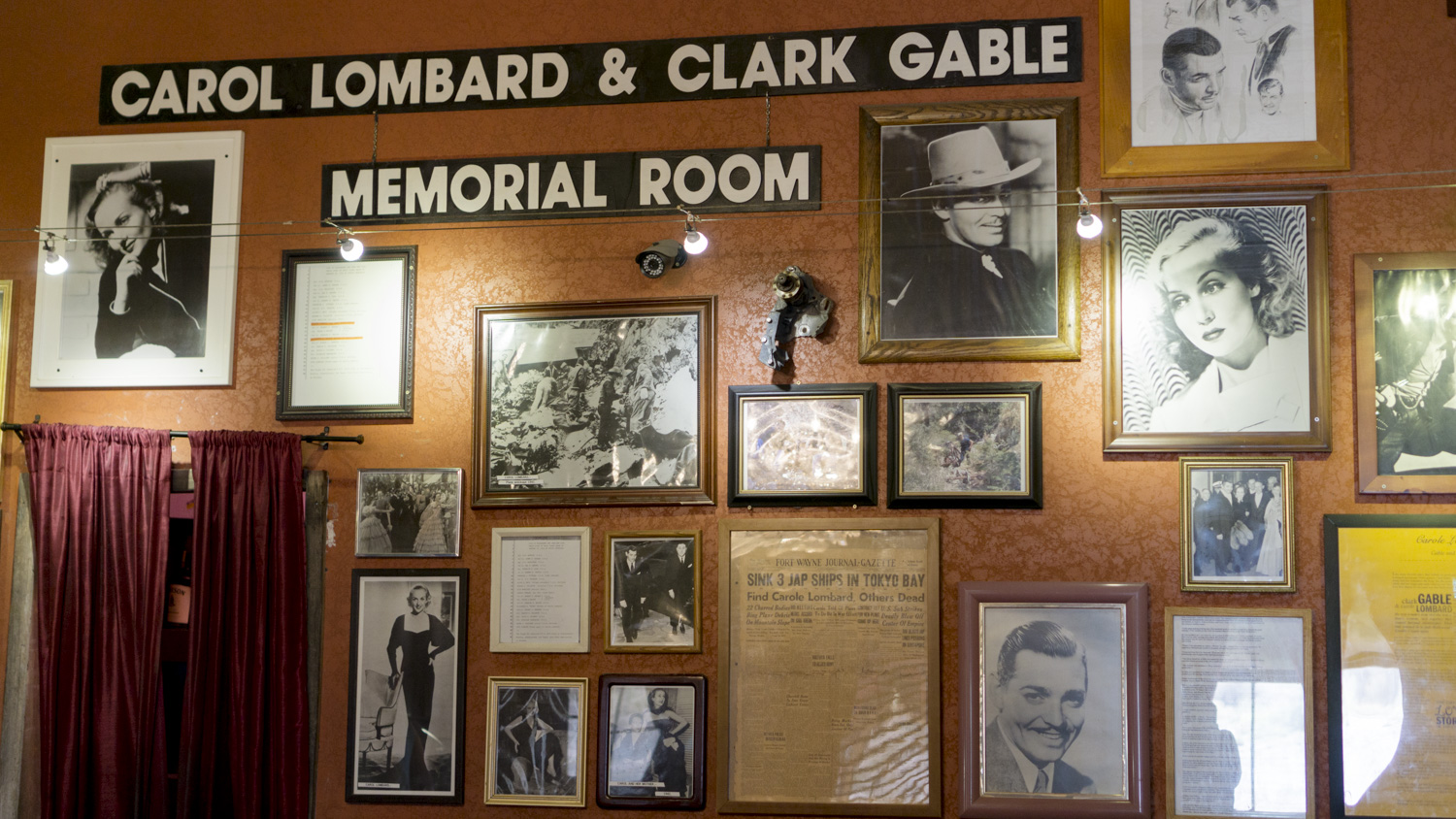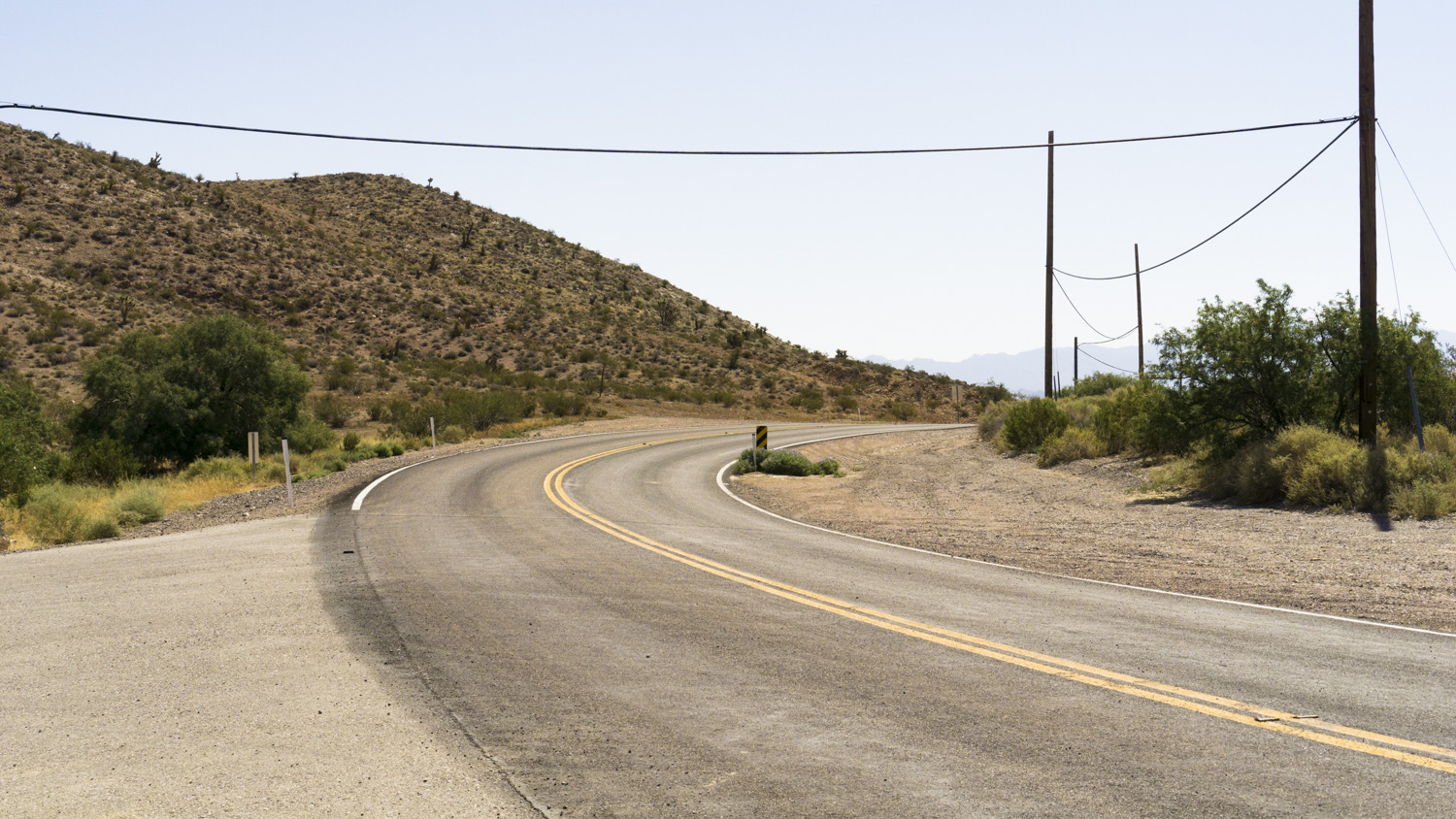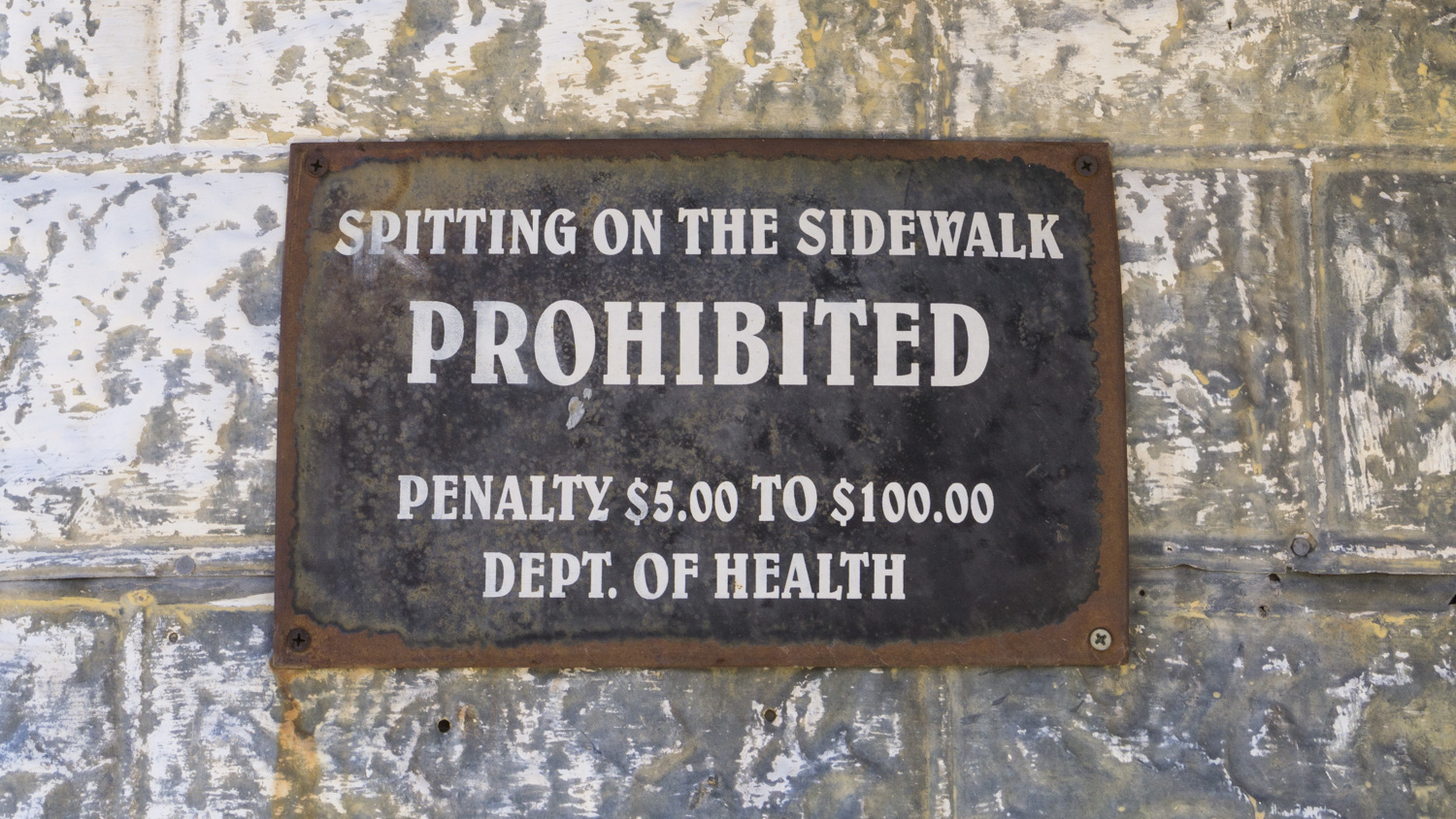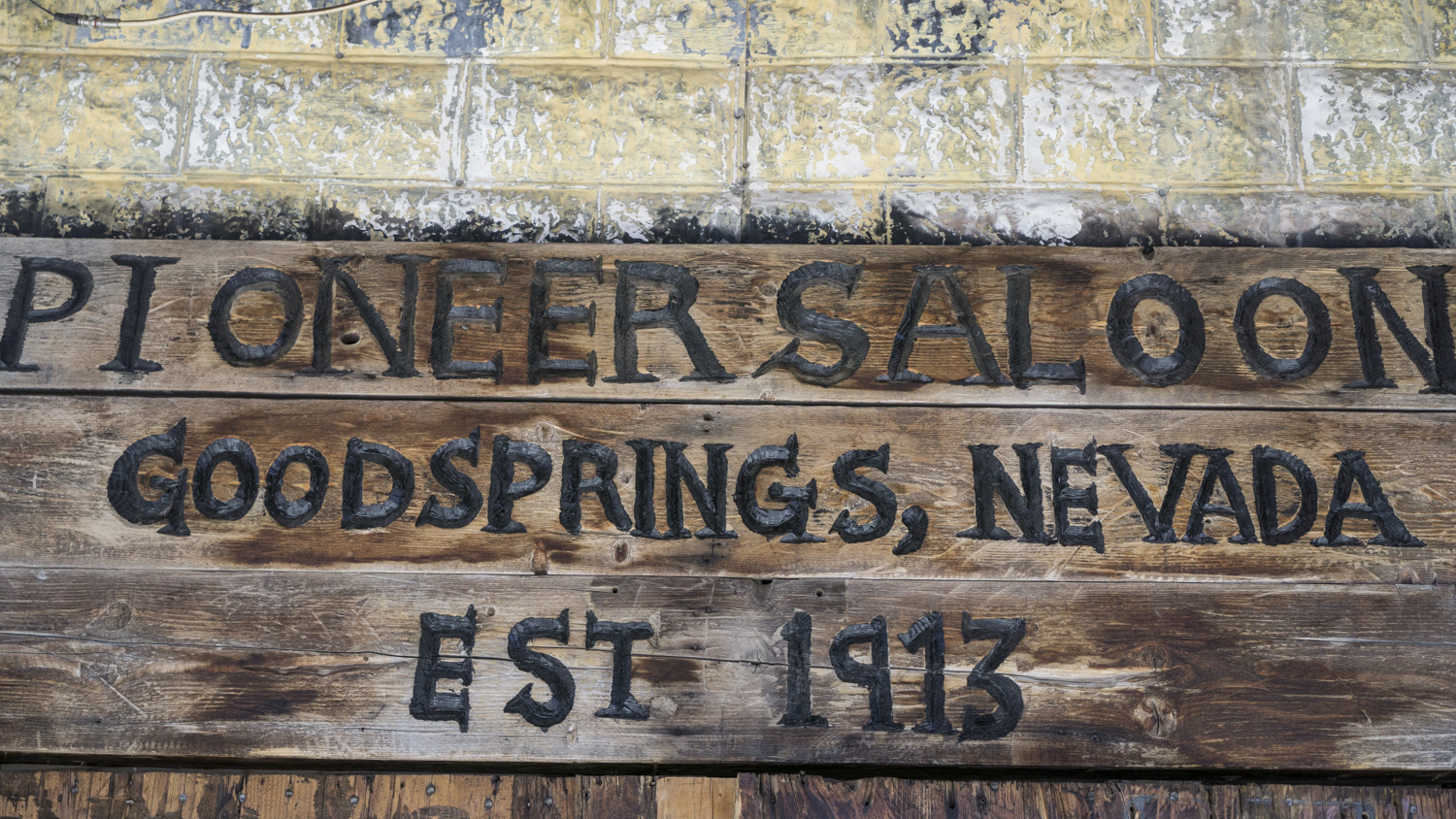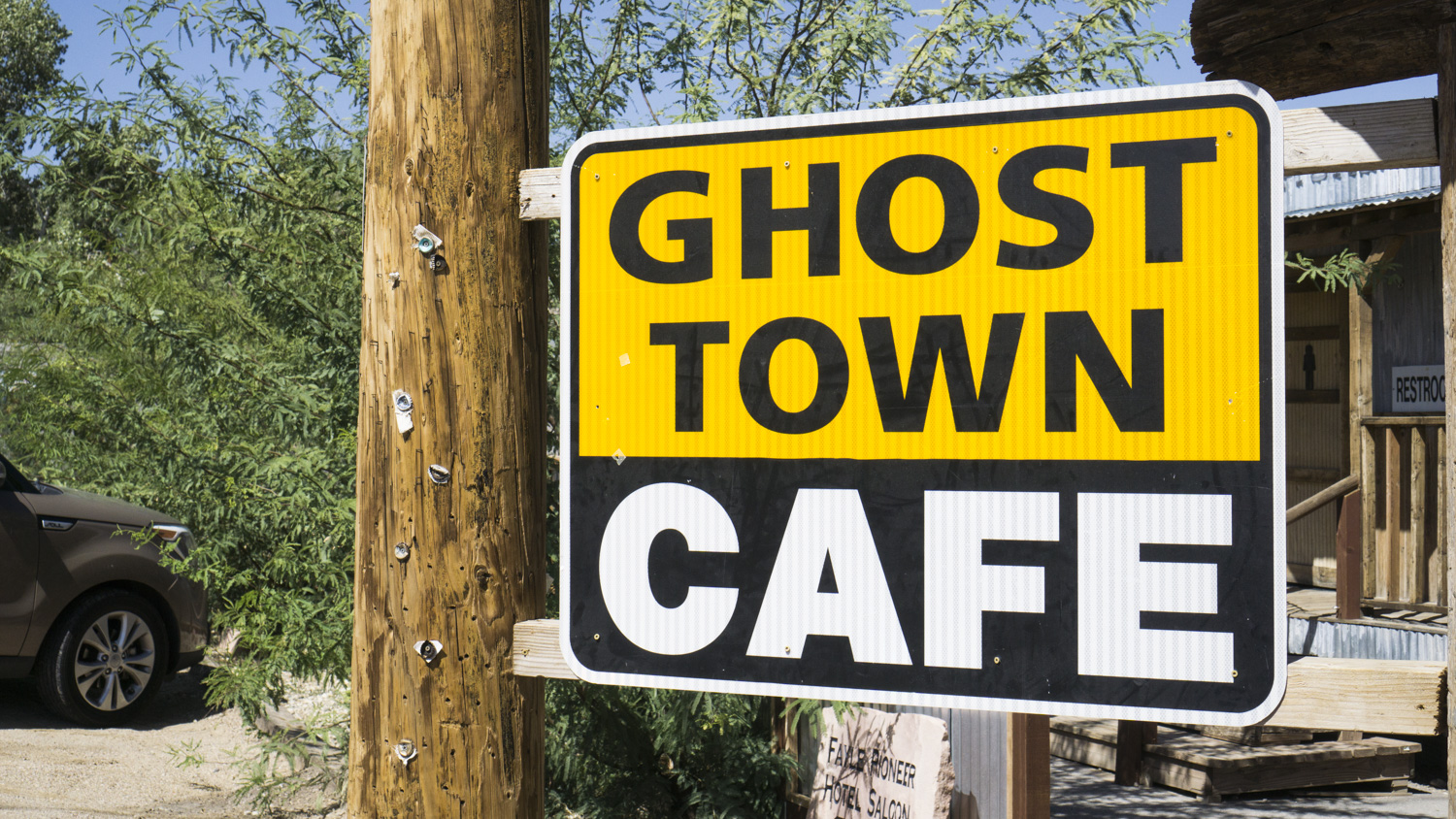It’s the dream of most men to go truly off-road — to speed overland through rough and tumble terrain, stopping only when the threat of death outweighs the need for thrills. There is an incomparable sense of of freedom gained from peeling off a fully-paved road straight onto a rock-strewn, sand-washed, desert trail. Combine that freedom with a stunning natural environment, surrounded by steep, scrub-covered mountains, and nearly endless sandy vistas, and you’ve probably found yourself a thirty-minute drive south of Las Vegas, Nevada, near the communities of Jean and Goodsprings. And you’ve also probably found yourself among good company with Zero1, a full-service off-roading outfitter that takes adventure-seeking dudes looking for a break from the Vegas Strip out into the stunning Mojave Desert desert for a dune buggy ride of a lifetime.
Available for half-day or overnight, multi-day adventures, Zero1 sets you and your friends up with an extreme day away from Las Vegas’ urban shuffle on a guided, off-road dune buggy track through the stark landscapes of the American Southwest. For thrill-seekers and gearheads alike, driving the latest Polaris RZR XP Turbo Dynamix where no roads can go is like briefly achieving Nirvana before being catapulted back to reality (unless you’ve got $26,000 for one of your own).

We were lucky enough to snag a spot on one of Zero1’s weekend rides last month where we were able to test both the Polaris RZR XP1000 (which starts at $18,000 with 110 horsepower and a 999 cc engine) and the new RZR XP Turbo Dynamix Edition (168 hp and a 925 cc engine). The latter features the new Dynamix Active Suspension system — the first and only intelligent suspension system in the world designed for off-road use.
To get there, and to get a feel for what it would be like to actually own one of these dune buggies, we drove Chevy’s new 2018 Tahoe Custom from Las Vegas to Jean, Nevada, with a double-trailer carrying two Polaris RZRs in-tow. With a 6,600 pound towing capacity (and, according to Chevy, 8,600 pounds of towing with the max trailering package) and a 355 hp, 5.3 L V-8 engine, the 30-minute drive down I-15 felt more akin to a Sunday stroll than a difficult haul. Even though we knew were were carrying many thousands of pounds and many, many, extra feet of trailer, the Tahoe drove and reacted as if it was completely independent of any trailer or tow at all. Changing lanes was quick and efficient, stopping was exactly as expected, and turns were made no-wider than usual. To make a long story short, towing is what this truck was built for, and it accomplished the task with efficiency (23 miles per gallons of gas efficiency on the highway!) and style (18-inch painted aluminum wheels and a chrome-accented grill).

After arriving at Zero1’s base-camp and getting a quick tutorial on the vehicles, we separated into two groups, put on our helmets (with full radio contact) and took off, playing follow-the-leader behind our guide from Zero1. On the first leg of our 50-mile journey, we drove the older Polaris RZR XP1000 through the parched, dusty, and cactus-studded landscape. Through wash-outs, sand divots, sharp turns, and rocky hill climbs, we put the XP1000 through its paces. Because the ride is guided, however, we were warned ahead of time via our helmet radios of trouble spots, so we were prepared, but still shocked, when we had to take on a nearly vertical loose-rock climb. The XP1000 took the steep terrain in stride on the way up, but literally rattled our bones nearly out of our bodies on the way down, where the 13.5 inches of ground clearance meant we also very nearly bottomed out in a former riverbed. Once through a good portion of the up-and-down of the trail, we entered nearly open expanses and it was there that we were really able to let the dune buggy rip. It was truly a joy to be had, minus the dust and bugs that found their way between my helmet and bandana, forming a dust-crust around my neck.
After the first leg of the drive, we stopped for lunch at the one-horse desert-village of Goodsprings, Nevada, and ate simple, but much needed, sandwiches at the Pioneer Saloon (which is one of the oldest bars in Nevada, if not the oldest). After quick bathroom break, some pictures of the near Ghost-Town-Status Goodsprings, and some re-hydration, we were back on the trail heading toward base-camp, only this time we were driving the latest from Polaris: the XP Turbo Dynamix Edition.
The RZR XP Turbo Dynamix Edition was a completely different beast compared to the XP1000. With its Dynamix suspension, everything was so much easier and so much more comfortable. Polaris says it best when it comes to describing the latest technological innovation for off-roading: “DYNAMIX is smart enough to monitor driver and vehicle inputs hundreds of times per second, capable enough to continuously adjust each individual shock on-the-fly.” What that means is, the suspension system in the XP Turbo is so smart, it knows when you’re taking a sharp turn and thus, expands the shocks on the outside wheels to prevent roll-over. The suspension is so smart, when you slam on the brakes, the front shocks expand to prevent the vehicle from diving. The suspension is so smart that when you finally get the courage to take that jump and you hit Zero-Gs, all four shocks are expanded to maximum resistance so you don’t bottom-out when you finally return to earth. We made every attempt to bottom-out this dune buggy (without violating Zero1’s driving policies) and we were both sorry and pleased to say that we never even once came close to having our underside hit the desert floor. In short, the RZR XP Turbo Dynamix Edition is driving comfort wrapped in off-roading crazy.
And, with tour prices for desert adventures starting at just $225 for 1.5 hours, Zero1 offers an escape from the casino carousel or that perfect bachelor’s weekend away.
